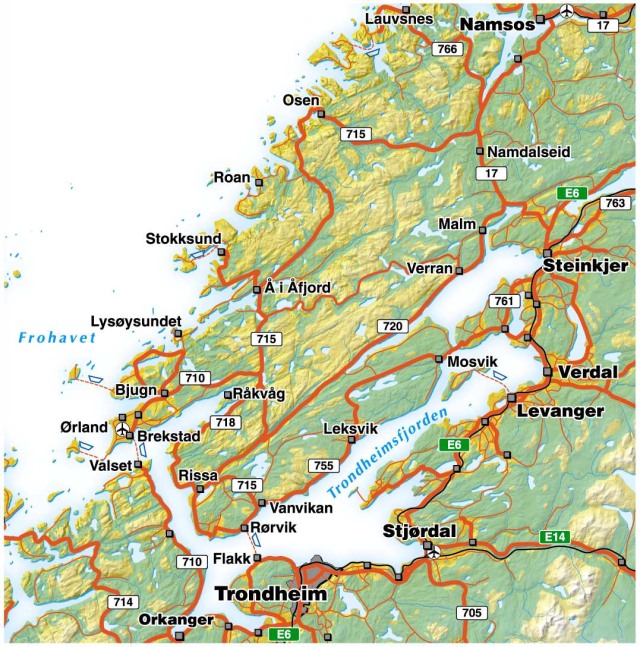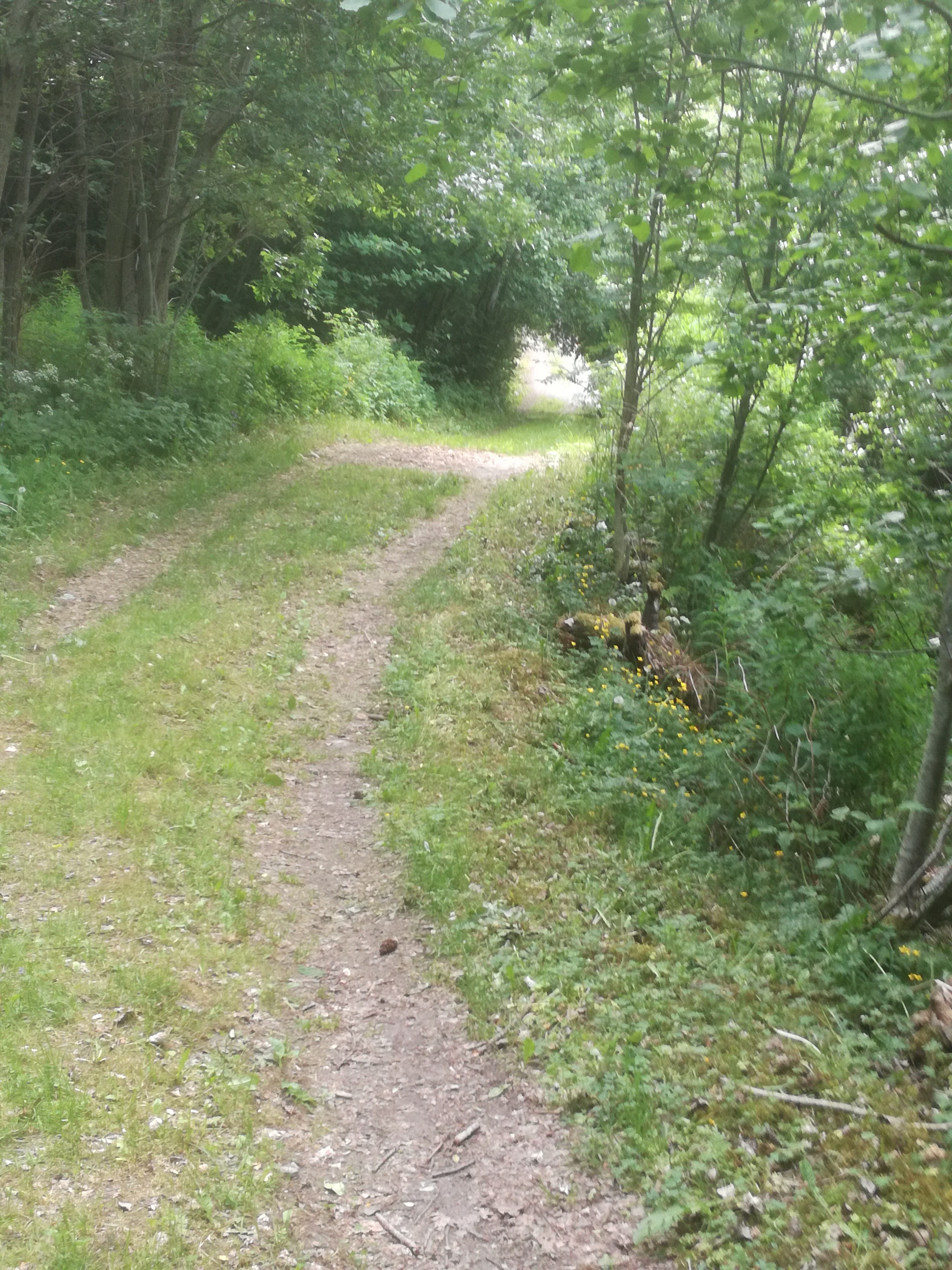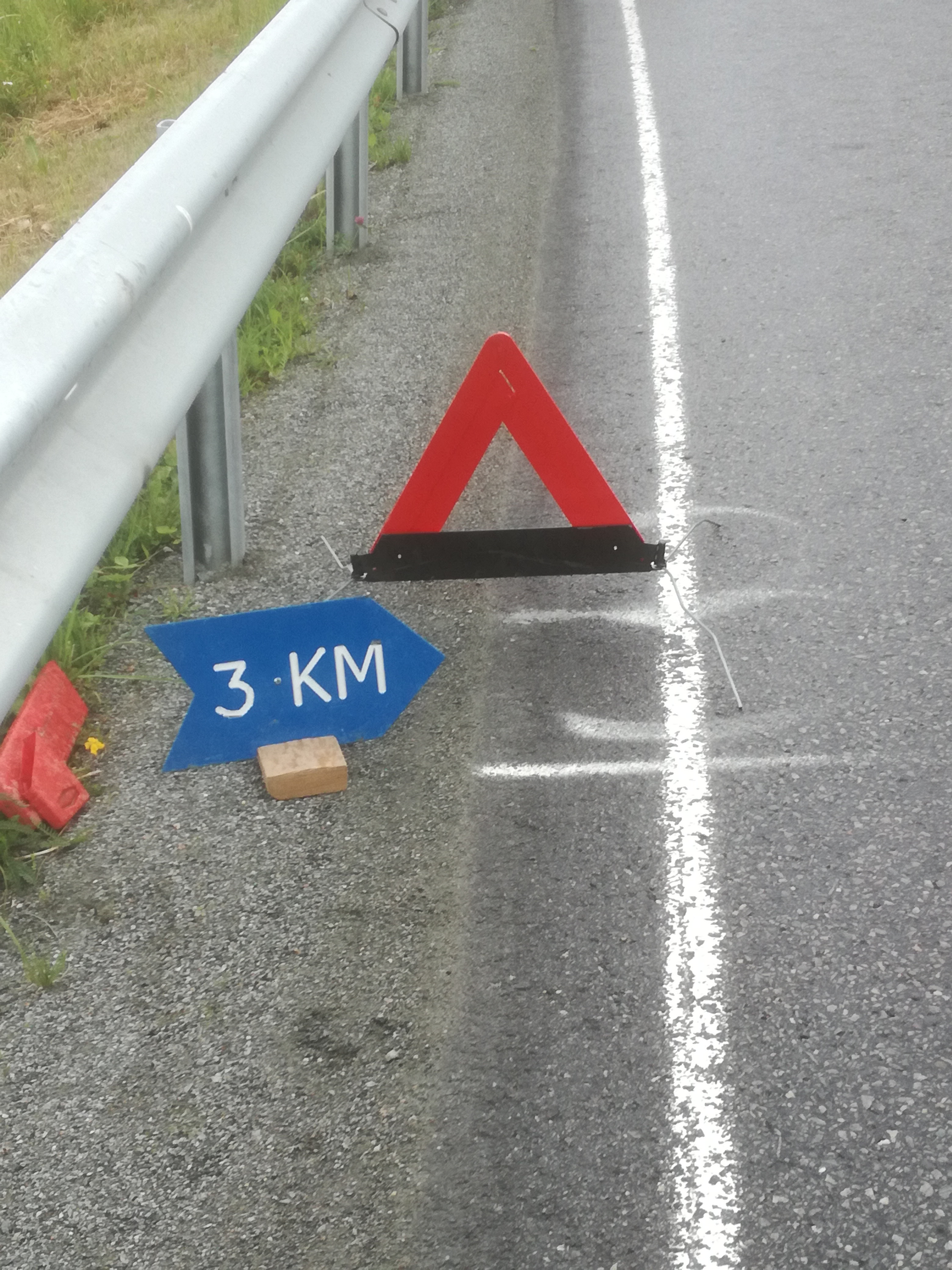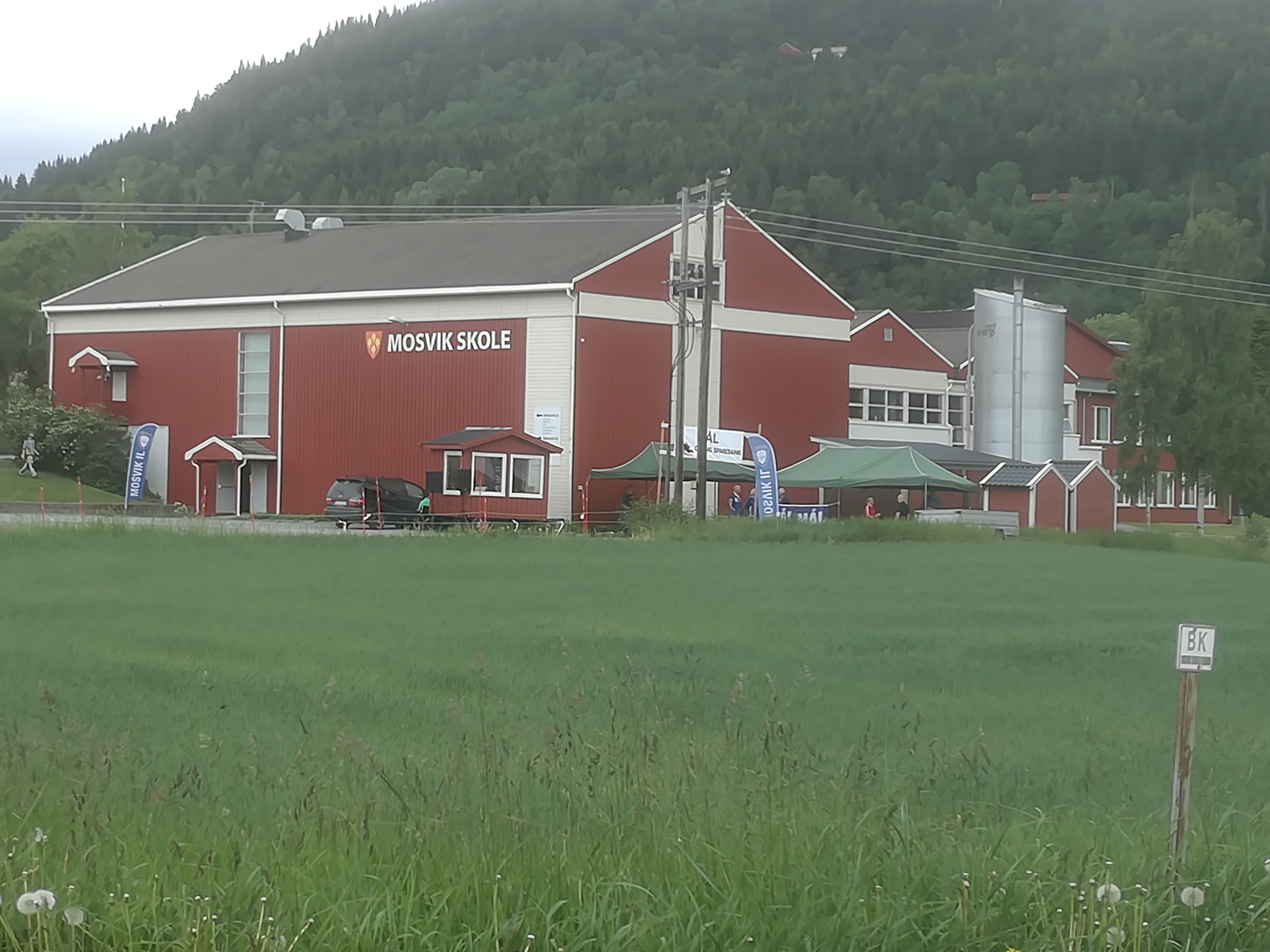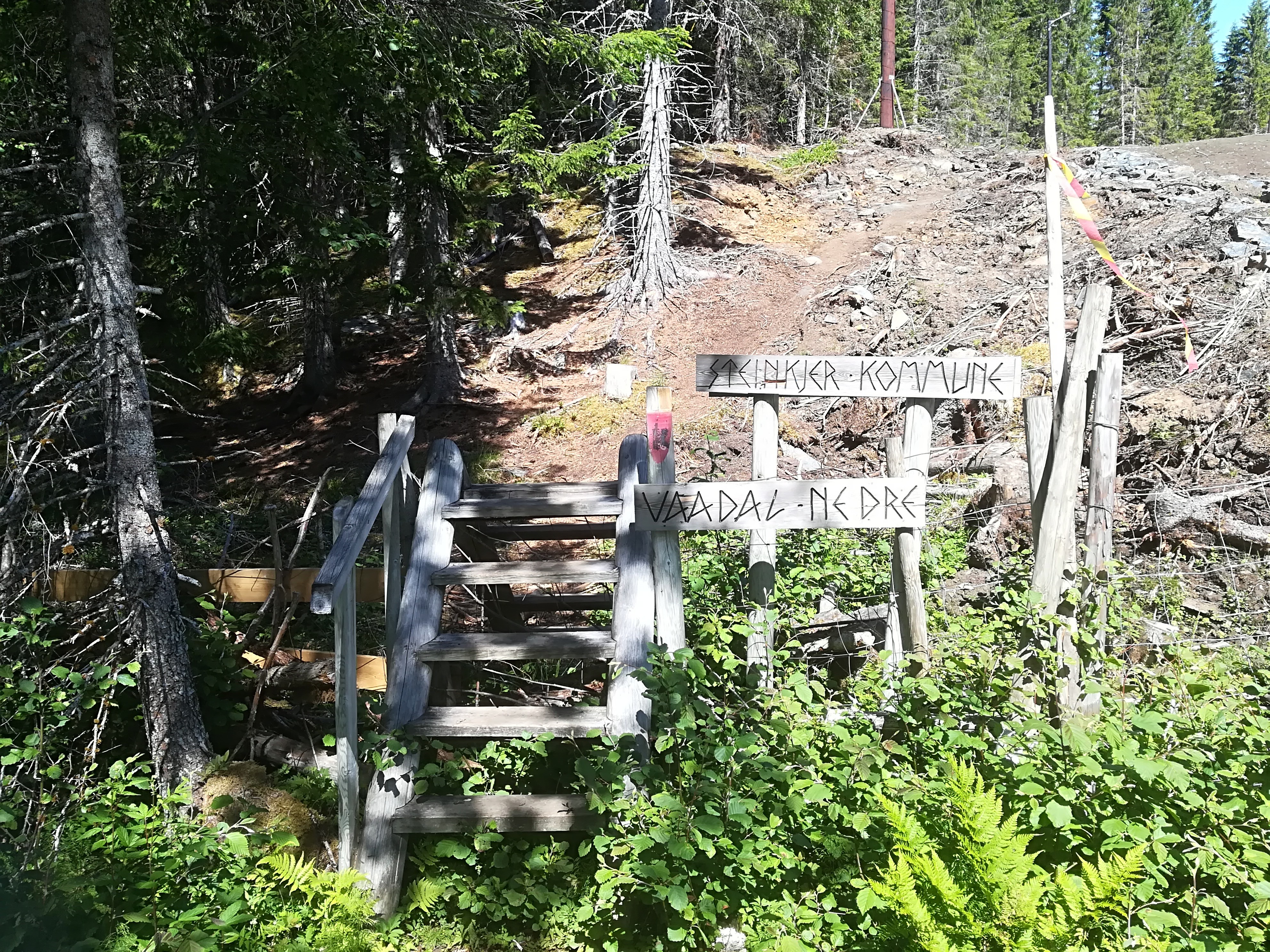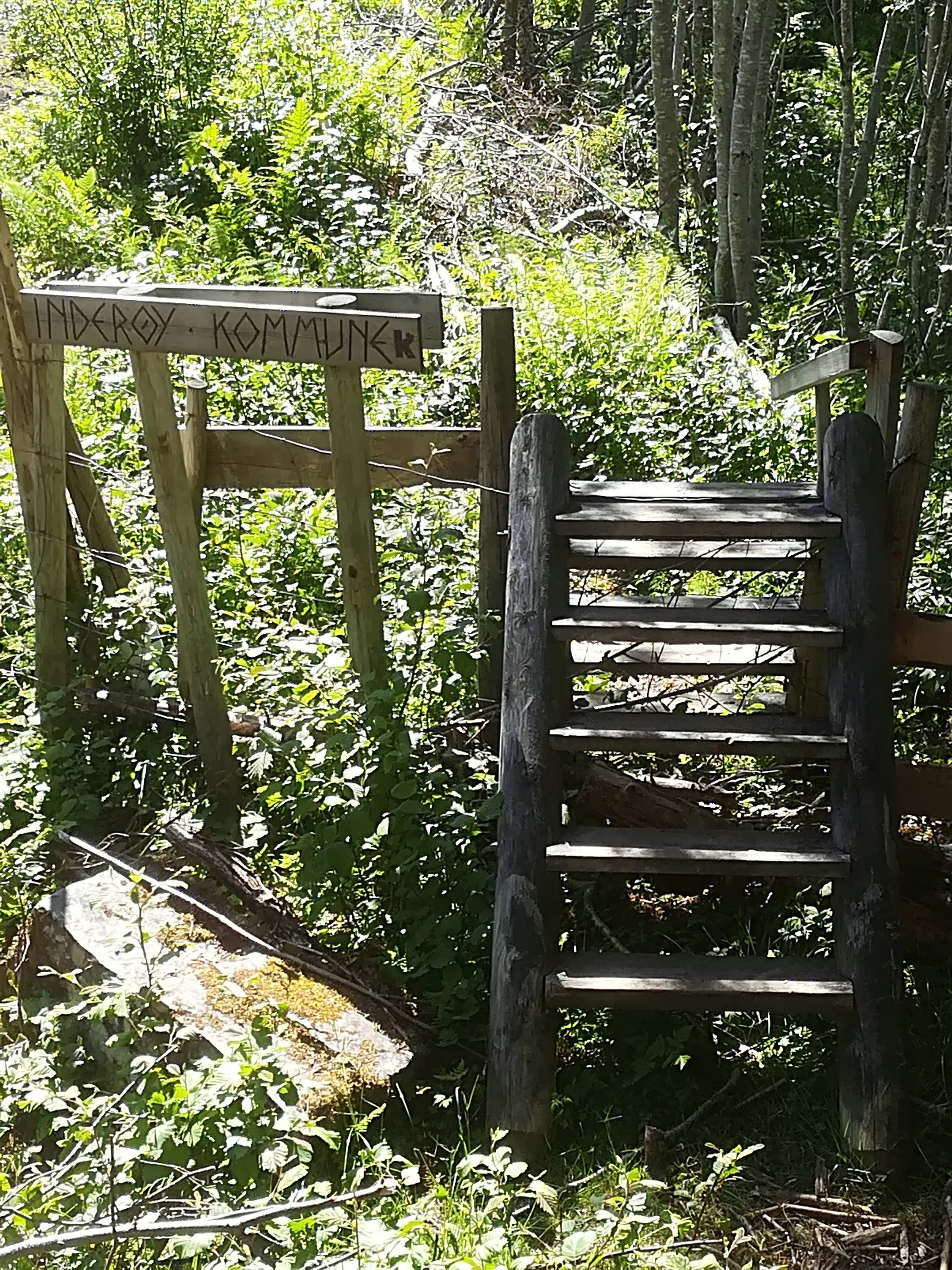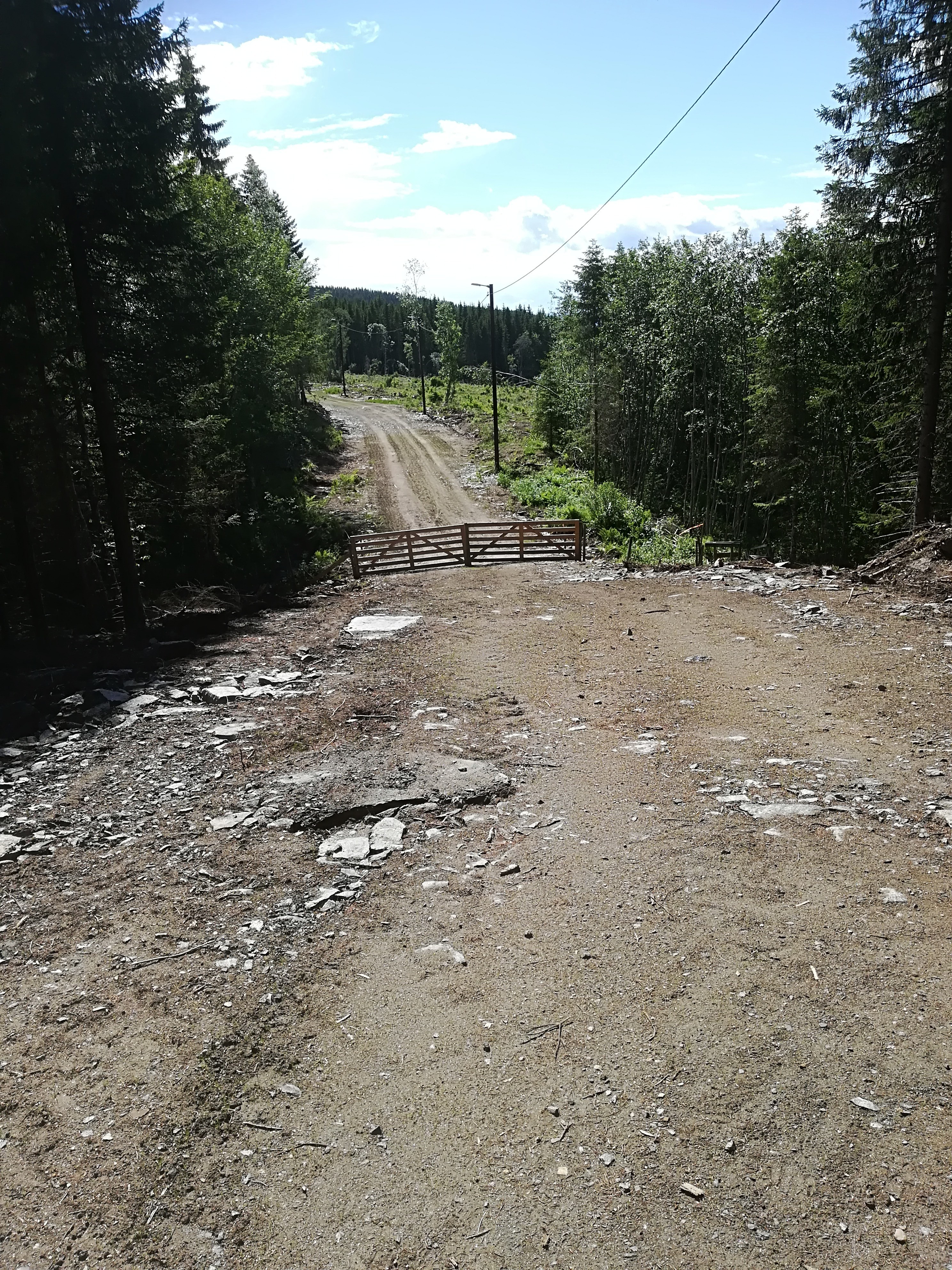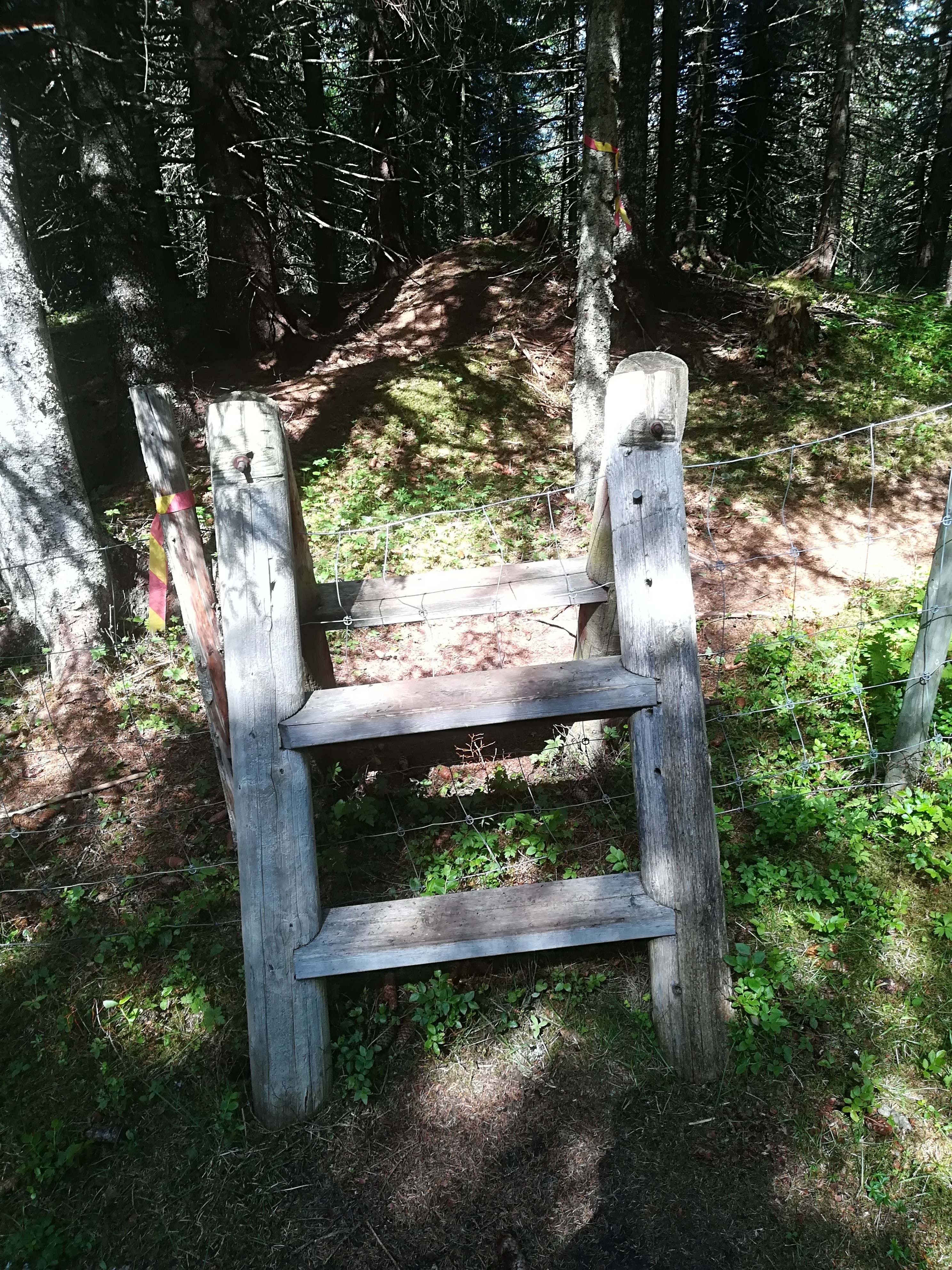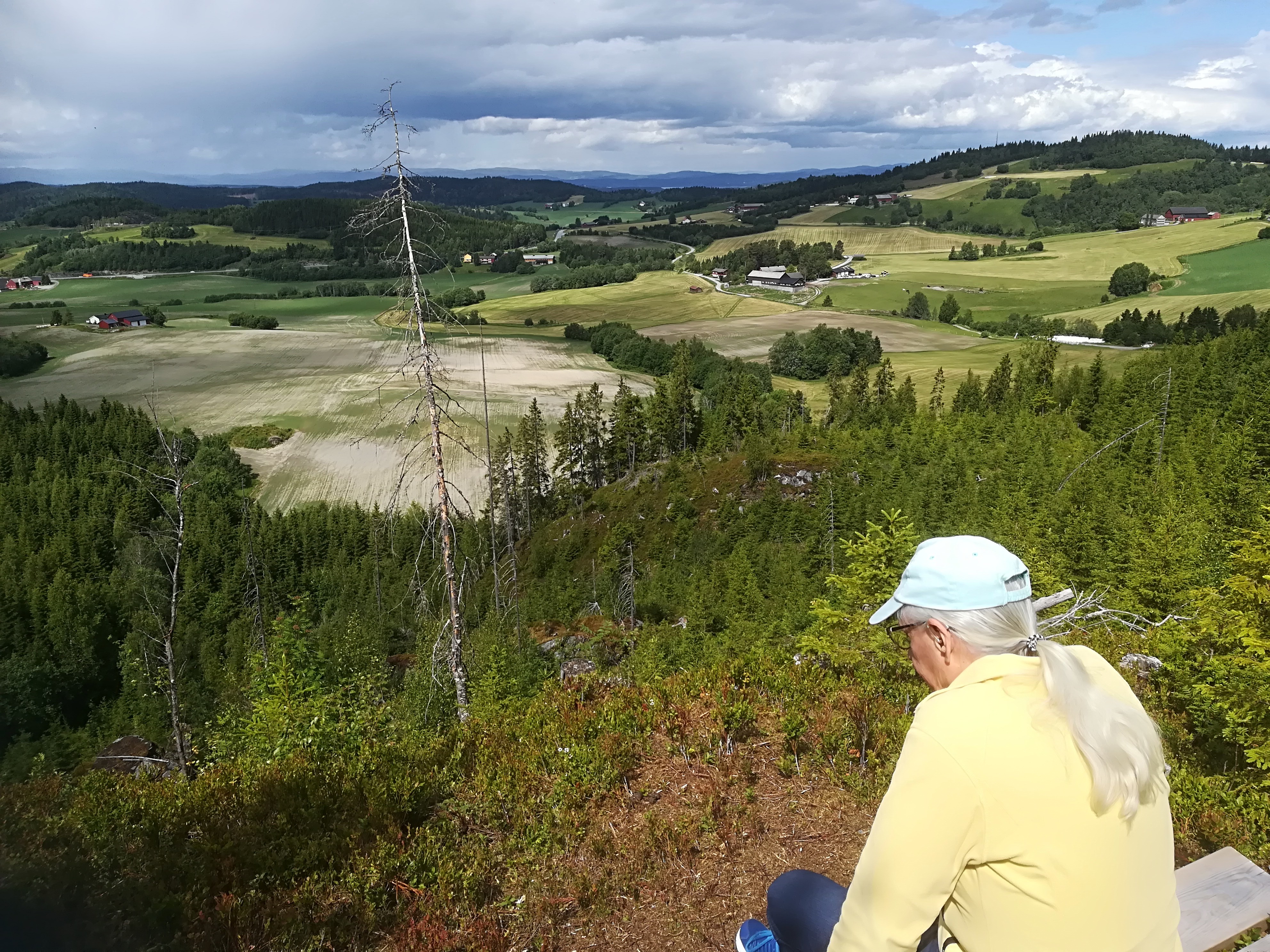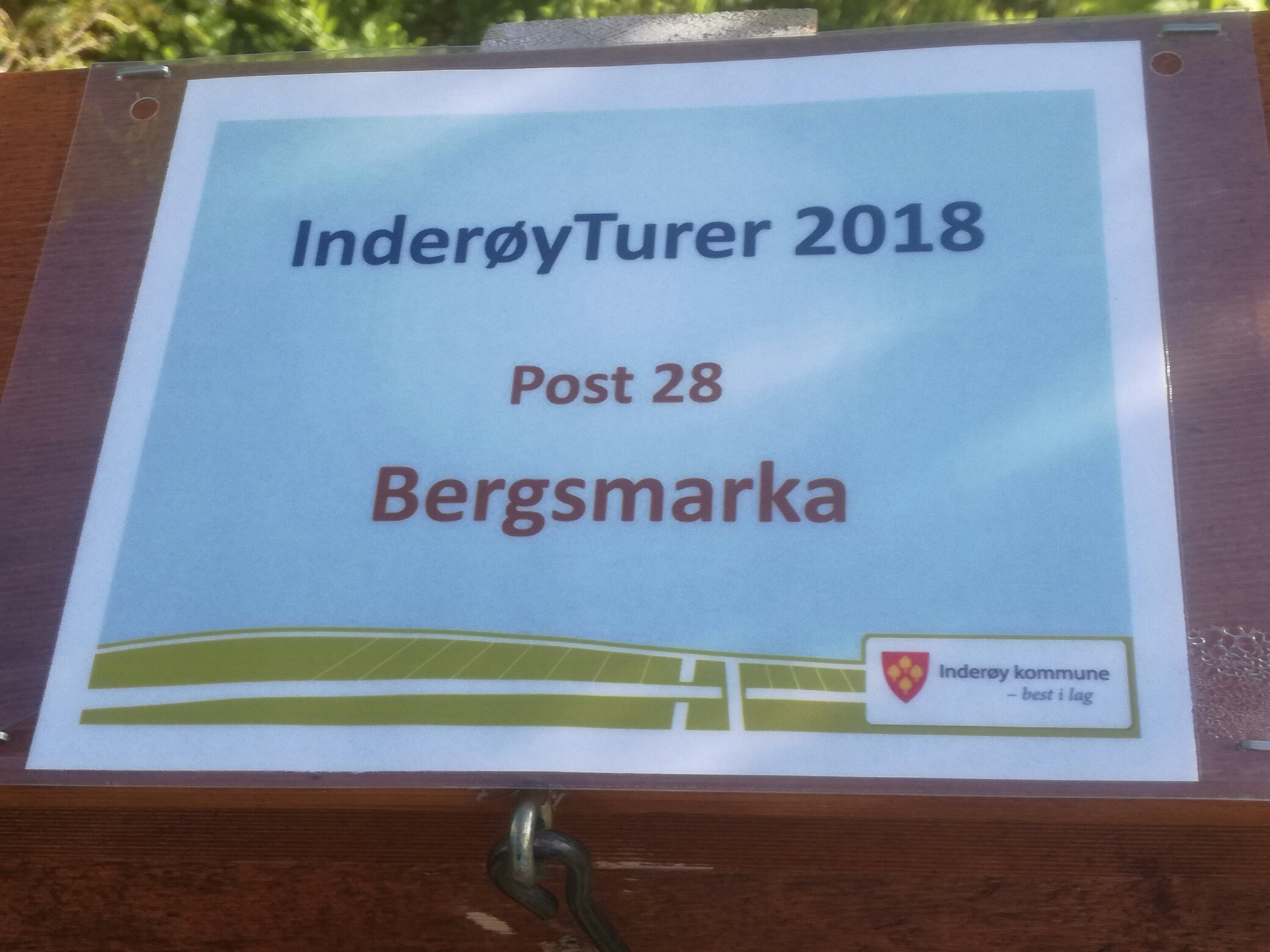V1 2018-06-24 18:09; V2 2018-06-24 23:37 Some minor changes, including names/descriptions of courses.
English version, Norwegian version follows
The Intergalactic Rocket Science Academy (IRSA) has hovered over everyone’s heads, in outer space, far too long. Now, it needs your help to launch a one week workshop, Down to Earth.
Target group: Earthlings, especially those with physical or mental health issues. OK, that includes all of them.

Principles: Fun First! “If it ain’t fun, it ain’t part of IRSA.”
Location: Space Station Straumen [that is Inderøy’s municipal centre. More specifically, at Hastighet, Inderøys teknogarasje = Velocity, Inderøy’s techno garage, being constructed – at least in theory – as this weblog is being written. It has received a grant of NOK 250 000, about CAD 40 000 to equip a 70m2 former classroom with production machinery, such as 3D printers and a laser cutter, not to mention electronic equipment.]
Arrival Sunday evening; Departure Saturday morning. Information about the specific movement of space shuttles from various planets will be provided later. [Actual dates and years? Petty details like those will be worked out later.]
Groups: There are three groups earthlings can choose between.
Clothing: Functional clothing for everyone [Replaces: Fashionable and functional adaptive clothing for the elderly and disabled.] At the end of the week, each participant will have one garment that they can take with them to their home planet.
Food: Tasty and nutritious food for everyone [Replaces: for the elderly and allergic.] At the end of the week, each participant will have (at least) five recipes they can take home with them. They will also prepare food for the evening meal.
Technology: Home automation for everyone [replaces, for the elderly and disabled.] At the end of the week, each participant will have one device that they can take with them to their home planet. Involves programming, electronics, 3D-printing.
Notes:
Earthlings have lost the ability to photosynthesize, and must “eat”. They gather together for a “meal” several times during an earth day. Earth friendly food will be served, and a food group will be formed in advance to make sure that all participants are able to eat the food served.
Earthlings need to “reflect”, “rest” and “sleep”. These are time periods when they need to be alone. To put it in terms a robot would understand, they need to recharge their batteries.
Remember, Earthlings are primitive. They cannot theorize, practicize and exercise simultaneously, but need separate sessions devoted to each one. They have no capacity for brain to brain communication, but must rely on “speech” (sound making) and “hearing” (sound sensing) for communication. Because of variations in sound sensing capabilities, sound makers have to use artificial amplifiers, especially in the presence of old earthlings.
Earthlings use “breaks” for informal communication, and fluid exchange. Fluid intake of water, coffee or tea is public. Fluid outtake is private, and is undertaken in rooms especially designed for the purpose.
Daily program
Morning meal 9:00 – 10:00.
Theory session: 10:00 – 10:45; break; 11:00 – 11:45; break.
Time for reflection: 12:00 – 13:00.
Common main meal: 13:00 – 14:00.
Practical session: 14:00 – 14:45; break; 15:00 – 15:45; break.
Time for reflection, exercise (walk): 16:00 – 18:00.
Evening meal: 18:00 – 19:00.
Optional cooperative projects: 19:00 – 20:00.
Theory sessions:
First hour
Monday, Tuesday, Thursday, Friday: Coping with life. Strategies for enhanced survival as an earthling.
Wednesday: Clowning. Expressing emotions without words. Extends over two hours.
Second hour
Separate sessions for each of the groups, every day but Wednesday. Here, theoretical information related to the specific group will be presented.
Practical sessions:
Separate sessions for each of the groups. Here, earthlings will use their hands to make things related to the goals of their specific group.
Exercise sessions:
Walks need to be selected, so that people, either alone or with others can walk sufficiently.
Stop the Press!
While it might be fun to start off with a five-day workshop, the entire event might also turn out to be a catastrophe. Perhaps the correct approach is doing what the IRSA does best: build a three stage workshop rocket!
Y0 (Year Zero)
Stage 1. An experimental session. Each teacher makes a lesson plan for a single 45 minute theory hour, plus a single 45 minute practical hour. These two hours are offered as a separate event.
A teaching session should be more than a single organism, creating sound bytes in front of other organisms. The teacher will have to assess whether materials should be read, before the session starts. If so, what is the teacher going to do if there are students with reading difficulties (hint: make audio files of the materials.) Photographs, illustrations, videos, simulations and demonstrations may all be used to enhance learning.
A quiz at the end of the session, can help determine if participants have learned what has been expected of them. At the end of this event, participants are asked for feedback, about the event they have just attended.
Stage 2. A course over several weeks. The feedback from the experimental session will allow the teacher to make adjustments to the lesson plan for the first session, or scrap it entirely. The teacher can now make continue to make lesson plans for the entire course, along with assorted aids, and to implement them on a weekly basis, making adjustments each week as needed. At the end of the course, participants – once again – are asked for feedback.
Stage 3. A workshop! Now we are back to where we started from, but with one major difference. The teacher has experience and, hopefully, confidence.
Y1 (Year One)
If one decides that the workshop has value for other people than the initial participants, additional workshops can be made. These can be located in different cities and held in different languages.
At the same time, new topics can be developed for different target groups. Three of these groups could be 1) parents, 2) immigrants and 3) youth.
If you would like further information about workshop participation, or if you would like to host a similar workshop on your planet, contact brock at mclellan dot no.
Ned til Jorden: Den norske versjonen/ Down to Earth: The Norwegian version.
Intergalaktisk Rakettvitenskaps Academy (IRVA) har svevet over alles hoder, i det ytre rom, altfor lenge. Nå trenger den din hjelp til å starte en ukes workshop, ned til jorden.
Målgruppe: Jordboerne, spesielt de med fysiske eller psykiske problemer. OK, det inkluderer alle av dem.
Prinsipper: Moro først! “Hvis det ikke er morsomt, er det ikke en del av IRVA.”
Sted: Romstasjon Straumen [det er Inderøys kommunale sentrum. Nærmere bestemt Hastighet, Inderøys teknogarasje konstruert – i det minste teoretisk – da denne bloggen blir skrevet. Det har mottatt en gave på NOK 250 000 for å utstyre et 70m2 tidligere klasserom med produksjonsmaskiner, for eksempel 3D-skrivere og laserkutter, og ikke minst elektronisk utstyr.]
Ankomst søndag kveld; avreise lørdag morgen. Informasjon om de nøyaktige bevegelser av romskip fra de ulike planeter vil bli gitt senere. [Faktiske datoer og år? Små detaljer som disse vil også bli utarbeidet senere.]
Undervisningsgrupper: Det er tre grupper jordboerne kan velge mellom.
Klær: Funksjenelle klær for alle. [Erstatter, Fasjonable og funksjonelle, adaptive klær til eldre og funksjonshemmede.] På slutten av uken vil hver deltaker ha ett plagg som de kan ta med seg til deres hjemme planet.
Mat: Velsmakende og næringsrik mat for alle. [Erstatter, til eldre og allergiskere.] Ved slutten av uken vil hver deltaker ha (minst) fem oppskrifter de kan ta med seg. De vil også tilberede mat til kveldsmåltid.
Teknologi: Hjemmautomatisering for alle [Erstatter, for eldre og funksjonshemmede.] Ved slutten av uken vil hver deltaker ha en enhet som de kan ta med seg til deres hjemmeplan. Involver programmering, elektronikk, 3D-utskrift.
Merknader:
Jordboerne har mistet muligheten til å fotosyntetisere, og må “spise”. De samles sammen for et “måltid” flere ganger i løpet av en jorddag. Jordvennlig mat serveres, og en matvaregruppe vil bli dannet på forhånd for å sikre at alle deltakere kan spise maten.
Jordboerne trenger å “reflektere”, “hvile” og “sove”. Disse er tidsperioder når de trenger å være alene. For å si det som en robot ville forstå, må de lade opp batteriene.
Husk at jordenboerne er primitive. De kan ikke teoretisere, praktisere og trene samtidig, men trenger separate økter viet til hver enkelt aktivitet. De har ingen kapasitet til hjernekommunikasjon, men må stole på “tale” (lydfremstilling) og “hørsel” (lydfølelse) for kommunikasjon. På grunn av variasjoner i lydavkjenningsegenskapene, må lydprodusenter bruke kunstige forsterkere, spesielt i nærvær av gamle jordboerne.
Jordboerne bruker “pauser” for uformell kommunikasjon, og fluidutveksling. Væskeinntak av vann, kaffe eller te er offentlig. Væskeutslipp er privat og foregår i rom spesielt egnet til formålet.
Daglig program
Frokost 9:00 – 10:00.
Teoriøkt: 10:00 – 10:45; pause; 11:00 – 11:45; pause.
Tid for refleksjon: 12:00 – 13:00.
Felles hovedmåltid: 13:00 – 14:00.
Praktiskøkt: 14:00 – 14:45; pause; 15:00 – 15:45; pause.
Tid for refleksjon, mosjon (gange): 16:00 – 18:00.
Kveldsmat: 18:00 – 19:00.
Valgfrie samarbeidsprosjekter: 19:00 – 20:00.
Teori økter:
Første time
Mandag, tirsdag, torsdag, fredag: Løft med livet. Strategier for forbedret overlevelse som jordboende.
Onsdag: Klovne. Å uttrykke følelser uten ord. Strekker seg over to timer.
Andre time
Separate økter for hver av gruppene, hver dag bortsatt fra onsdag. Her vil teoretisk informasjon relatert til den spesifikke gruppen bli presentert.
Praktiske økter:
Separate økter for hver av gruppene. Her vil jordboere bruke hendene til å gjøre ting relatert til målene til deres spesifikke gruppe.
Treningsøkter:
Vandringer må velges, slik at folk, enten alene eller med andre, kan gå tilstrekkelig.
Stopp pressen!
Selv om det kan være morsomt å starte med en fem-dagers verksted, kan hele arrangementet også vise seg å være en katastrofe. Kanskje er riktig tilnærming det som IRVA gjør best: bygge et tre-trinns verkstedrakkett!
Y0 (År Null)
Fase 1. En eksperimentell økt. Hver lærer gjør en leksjon plan for en 45 minutters teori time, pluss en 45 minutters praktisk time. Disse to timene tilbys som et separat arrangement.
En undervisningssesjon bør være mer enn en enkelt organisme som produserer lydbyter foran andre organismer. Læreren må vurdere om materialet skal leses før sesjonen starter. Hvis så, hva skal læreren gjøre hvis det er studenter med lesevansker (hint: lag lydfiler av materialet.) Fotografier, illustrasjoner, videoer, simuleringer og demonstrasjoner kan alle brukes til å forbedre læringen.
En quiz i slutten av sesjonen, kan bidra til å avgjøre om deltakerne har lært hva som er forventet av dem. På slutten av denne hendelsen blir deltakerne bedt om tilbakemelding, om hendelsen de nettopp har deltatt på.
Fase 2. Et kurs over flere uker. Tilbakemeldingen fra eksperimentell økt vil gi læreren mulighet til å gjøre justeringer til leksjonsplanen for den første økten, eller skrap den helt. Læreren kan nå fortsette å lage lektionsplaner for hele kurset, sammen med assisterte hjelpemidler, og å implementere dem på ukentlig basis, foreta justeringer hver uke etter behov. På slutten av kurset blir deltakerne – igjen – bedt om tilbakemelding.
Fase 3. Et verksted! Nå er vi tilbake til hvor vi startet fra, men med en stor forskjell. Læreren har erfaring og, forhåpentligvis, tillit.
Y1 (År Ett)
Hvis man bestemmer seg for at verkstedet har verdi for andre enn de opprinnelige deltakerne, kan det opprettes flere workshops. Disse kan lokaliseres i forskjellige byer og holdes på forskjellige språk.
Samtidig kan nye emner utvikles for ulike målgrupper. Tre av disse gruppene er 1) foreldre, 2) innvandrere og 3) ungdom.
Hvis du vil ha mer informasjon om workshopdeltakelse, eller hvis du ønsker å være vert for et lignende verksted på din planet, ta kontakt med brock på mclellan dot no.





